39 the monopolistically competitive firm in the diagram is
Chapter 25 Homework. [A] A large number of firms that sell differentiated products that are close substitutes. [B] Firms can easily enter or exit a monopolistically competitive industry. [C] Because monopolistically competitive firms can increase their profits if they can successfully distinguish their products from those of their rivals, they ... A significant difference between a monopolistically competitive firm and a purely competitive firm is that the former sells similar, although not identical, products. If monopolistically competitive firms in an industry are making an economic profit, then new firms will enter the industry and the product demand facing existing firms will
The monopolistically competitive firm's long‐run equilibrium situation is illustrated in Figure .. The entry of new firms leads to an increase in the supply of differentiated products, which causes the firm's market demand curve to shift to the left. As entry into the market increases, the firm's demand curve will continue shifting to the left until it is just tangent to the average total ...
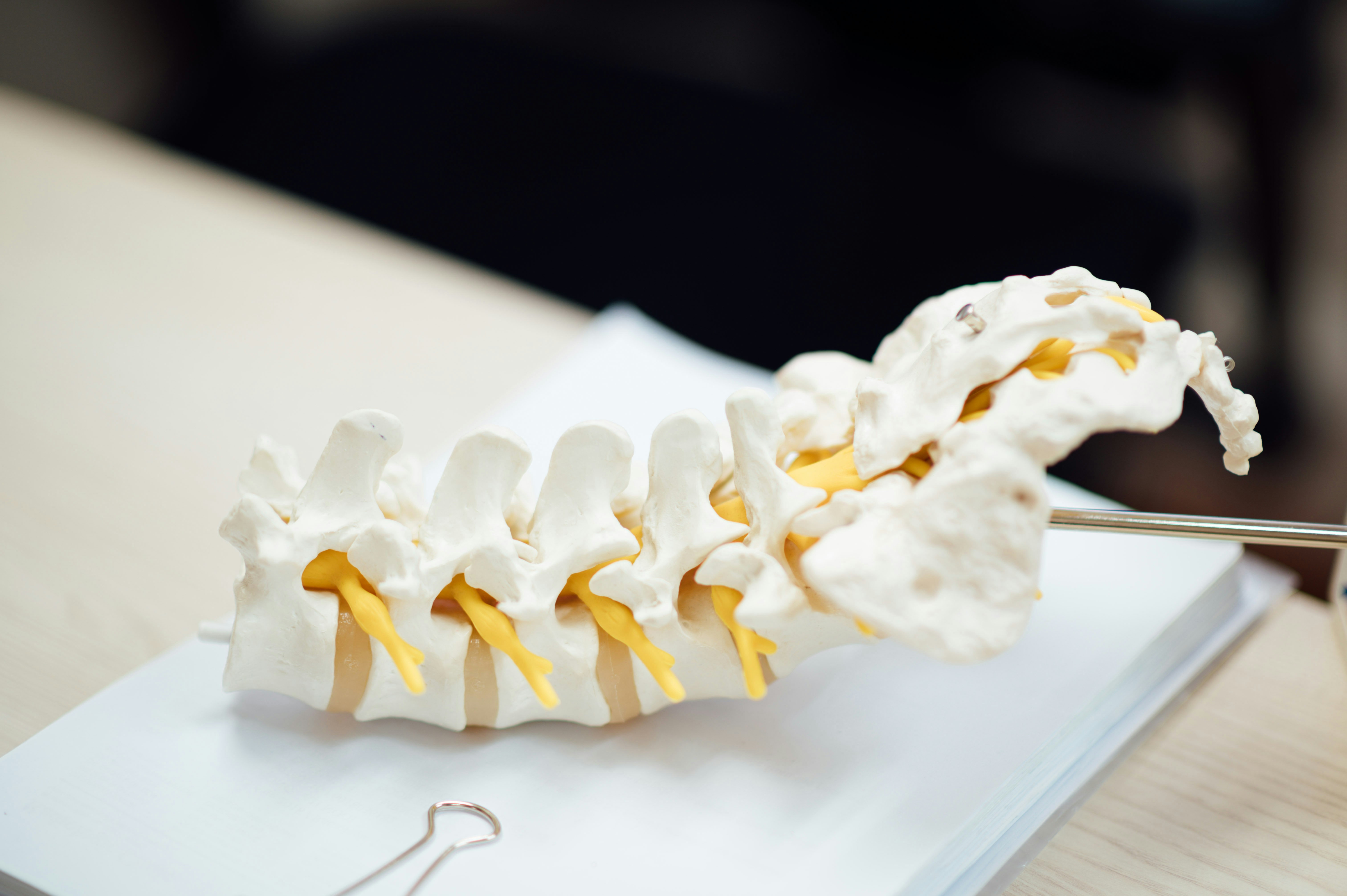
The monopolistically competitive firm in the diagram is
B)monopolistically competitive firm. C)perfectly competitive firm. D)monopoly. 34) 35)In the figure above, assuming that the firm does not shut down, the firm will produce A)40 units. B)30 units. C)fewer than 20 units. D)20 units. 35) 36)In the figure above, assuming that the firm does not shut down, it will charge a price of A)$4. B)$3. C)$2 ... Option d is correct. Refer to the diagram for a monopolistically competitive firm, the long run price will be a …. View the full answer. Transcribed image text: $ MC ATC A Demand MR DE Quantity Refer to the diagram for a monopolistically competitive firm. Long-run equilibrium price will be Multiple Choice above A EF 8. Suppose the market for fast-food value meals is monopolistically competitive, with many restaurants selling their own brand of food. Assume the restaurants in the industry behave optimally by maximizing profit. The figure to the right represents the market for one …
The monopolistically competitive firm in the diagram is. Nov 06, 2021 · The marginal revenue curve for a perfectly competitive firm. b. Its total revenue of Q units is 300Q where 0 is the price. For a perfectly competitive firm, the marginal revenue (MR) curve is a horizontal straight line because it is equal to the price of the good, which is determined by the market, shown in Figure 3. When firm 2 prices above MC but below monopoly prices, then firm 1 prices just below firm 2. When firm 2 prices above monopoly prices (P M) firm 1 prices at monopoly level, p 1 =p M. Because firm 2 has the same marginal cost as firm 1, its reaction function is symmetrical with respect to the 45-degree line. Diagram 2 shows both reaction functions. In economics, specifically general equilibrium theory, a perfect market, also known as an atomistic market, is defined by several idealizing conditions, collectively called perfect competition, or atomistic competition.In theoretical models where conditions of perfect competition hold, it has been demonstrated that a market will reach an equilibrium in which the quantity supplied for every ... The Monopolistically Competitive Firm In the Diagram is. econ chapter 11 quiz flashcards start studying econ chapter 11 quiz learn vocabulary the monopolistically petitive firm illustrated in the diagram exhibits diagrams flashcards micro econ flashcards start studying micro econ if the number of firms in a monopolistically petitive refer to the diagram for a monopolistically petitive
Characteristics. Monopolistically competitive markets exhibit the following characteristics: Each firm makes independent decisions about price and output, based on its product, its market, and its costs of production.; Knowledge is widely spread between participants, but it is unlikely to be perfect. Solution for Draw a diagram of a monopolistically competitive firm showing the firm earning profits in the short run. Which diagram below is correct? OB. Oc.… A monopolistically competitive firm faces a demand for its goods that is between monopoly and perfect competition. Figure 8.4a offers a reminder that the demand curve as faced by a perfectly competitive firm is perfectly elastic or flat, because the perfectly competitive firm can sell any quantity it wishes at the prevailing market price. In ... What is the allocatively efficient output for the firm represented in the diagram? 23) A) Q 1 units B) Q 2 units C) Q 3 units D) Q 4 units TRUE/FALSE. Write 'A' if the statement is true and 'B' if the statement is false. 24) When a monopolistically competitive firm cuts its price to increase its sales, it experiences a loss in
Refer to the above diagram. If all monopolistically competitive firms in the industry have profit circumstances similar to the firm shown above: a. new firms will enter the industry. b. some firms will exit the industry. c. all firms will exit the industry. d. no firms will enter the industry. Note in the above diagram that firms would lose money if they produced more to achieve either allocative or productive efficiency. That most firms operate with excess capacity is evident when looking at most monopolistically competitive firms, such as restaurants and … If monopolistically competitive firms in an industry are making an economic profit, then new firms will enter the industry and the product demand facing existing firms will: ... Curve (3) in the diagram is a perfectly competitive firm's: total revenue curve. The point or points that are attainable are. A Correct B Correct C Correct D Correct E. The monopolistically competitive firm's excess capacity is ___thousand bottles of shampoo. Instead, suppose the market is perfectly competitive and is in long-run equilibrium (with the same cost structure as that illustrated in the figure.)
Eco Energy is a monopolistically competitive producer of a sports beverage called Power On. Table 13-2 shows the firm's demand and cost schedules. Refer to Table 13-2. What is the output (Q) that maximizes profit and what is the price (P) charged?
Solved] Q9. The following diagram shows the structure of cost and demand facing a monopolistically competitive firm in the short run a. Identify the | Course Hero
Government tends not to regulate monopolistically competitive markets. Product Development and Marketing Innovation and Product Development To keep earning an economic profit, a firm in monopolistic competition must be in a state of continuous product development. New product development allows a firm to gain a
Suppose the market for fast-food value meals is monopolistically competitive, with many restaurants selling their own brand of food. Assume the restaurants in the industry behave optimally by maximizing profit. The figure to the right represents the market for one …
Option d is correct. Refer to the diagram for a monopolistically competitive firm, the long run price will be a …. View the full answer. Transcribed image text: $ MC ATC A Demand MR DE Quantity Refer to the diagram for a monopolistically competitive firm. Long-run equilibrium price will be Multiple Choice above A EF 8.
B)monopolistically competitive firm. C)perfectly competitive firm. D)monopoly. 34) 35)In the figure above, assuming that the firm does not shut down, the firm will produce A)40 units. B)30 units. C)fewer than 20 units. D)20 units. 35) 36)In the figure above, assuming that the firm does not shut down, it will charge a price of A)$4. B)$3. C)$2 ...

River City I, Marina City, Chicago, Illinois, Sectional Diagram (N.d.) // Bertrand Goldberg American, 1913–1997

Sofa (1860/70) // Artist unknown American, 19th century New York Ormolu mounts by Pierre E. Guerin American, founded 1857

860-880 North Lake Shore Drive, Electrical Riser Diagram (11/28/1949) // Ludwig Mies van der Rohe (American, born Germany, 1886–1969) Associate Architect: Holsman, Holsman, Klekamp and Taylor (American, 20th century) Associate Architect: Pace Associates (American, 20th century) Structural Engineer: Frank J. Kornacker (American, active 1940s–1950s)
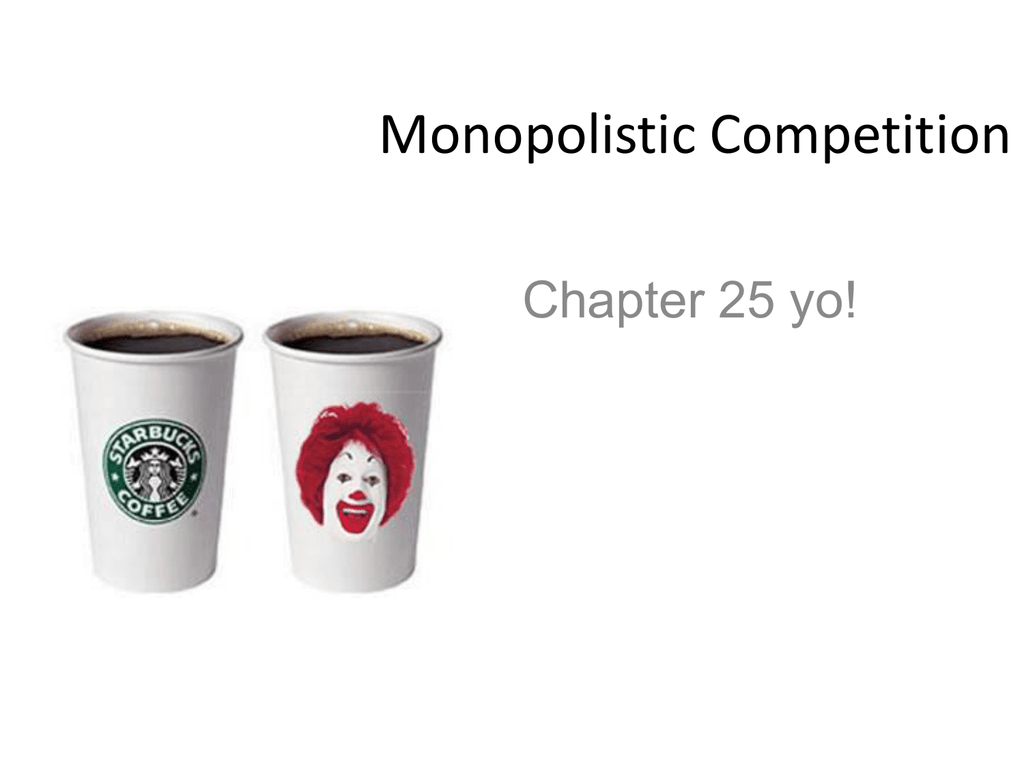
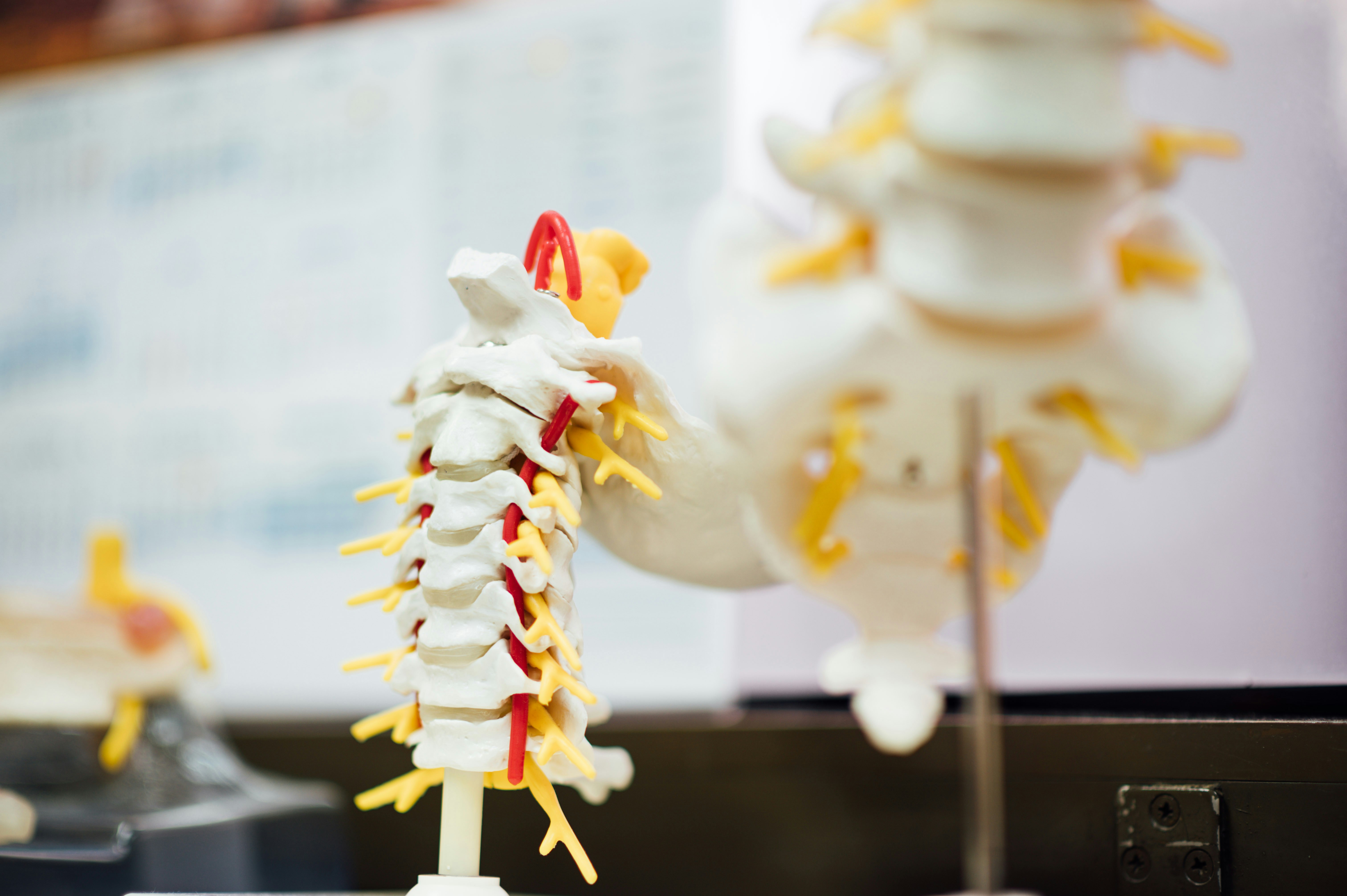

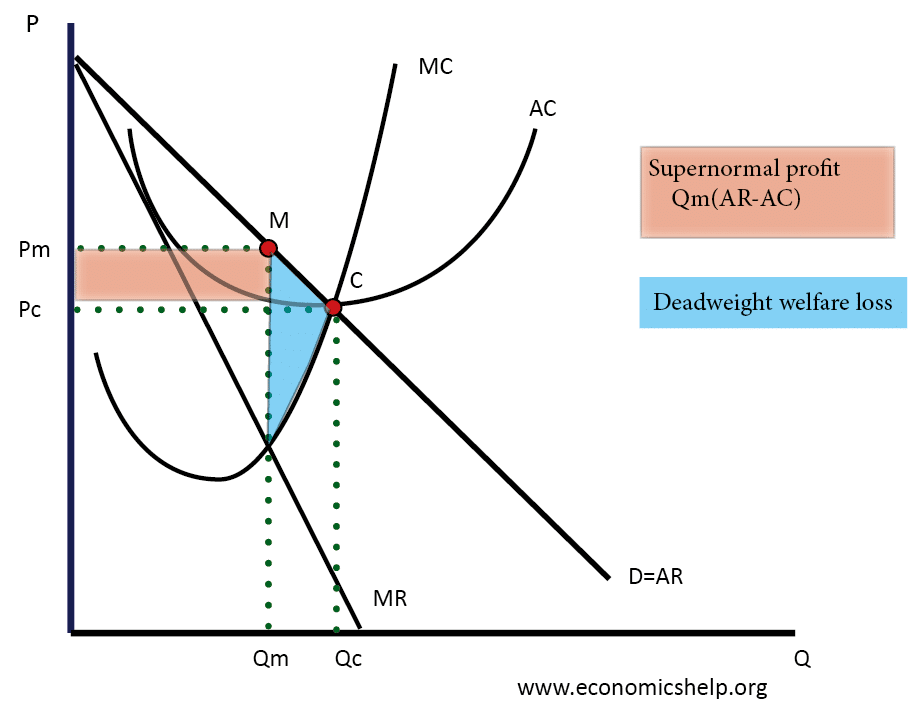


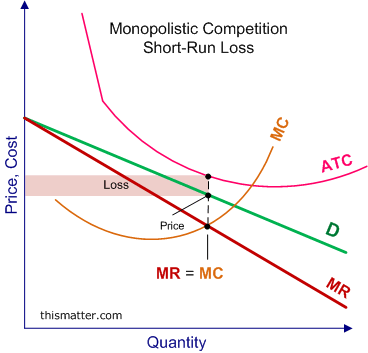
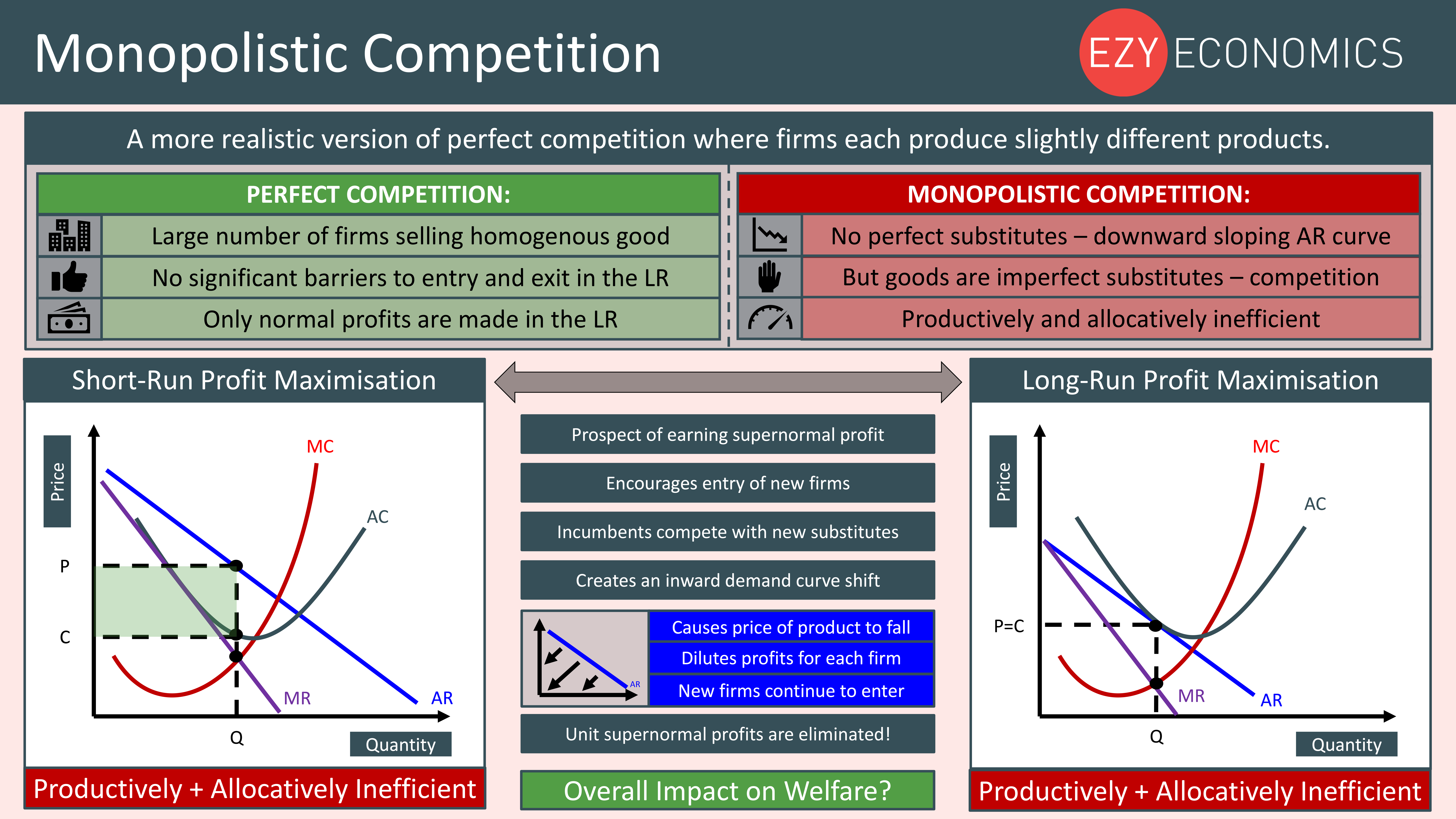

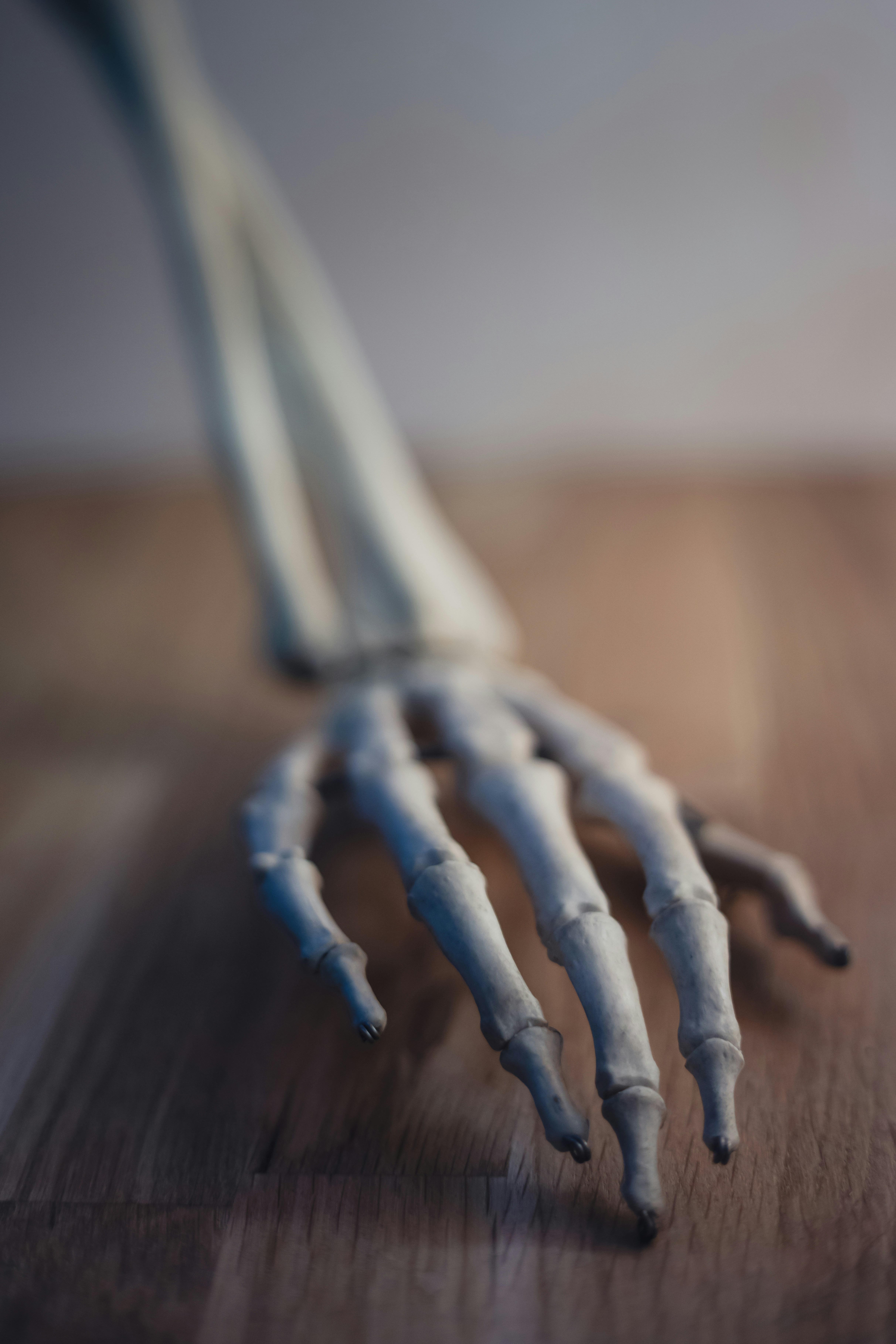


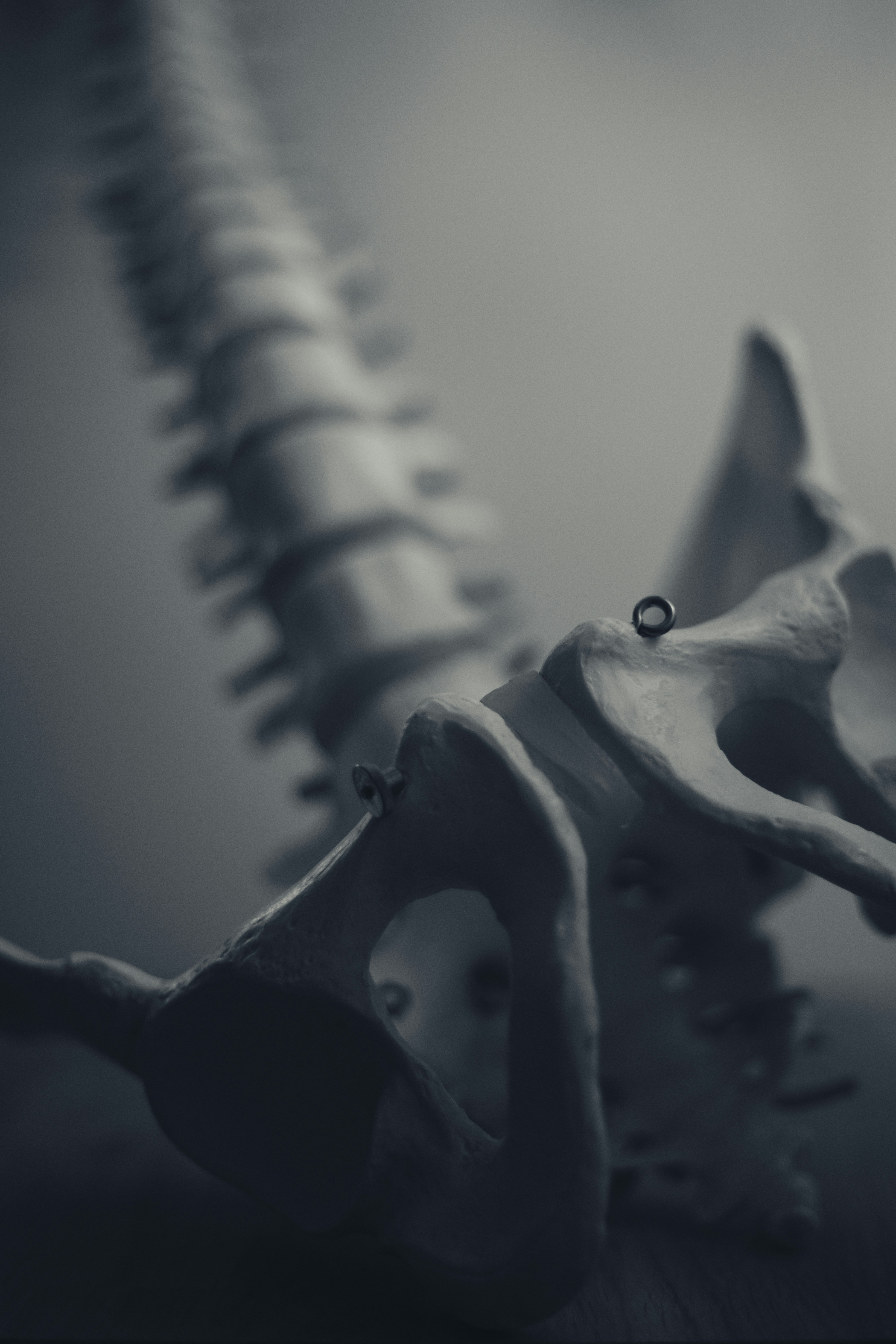


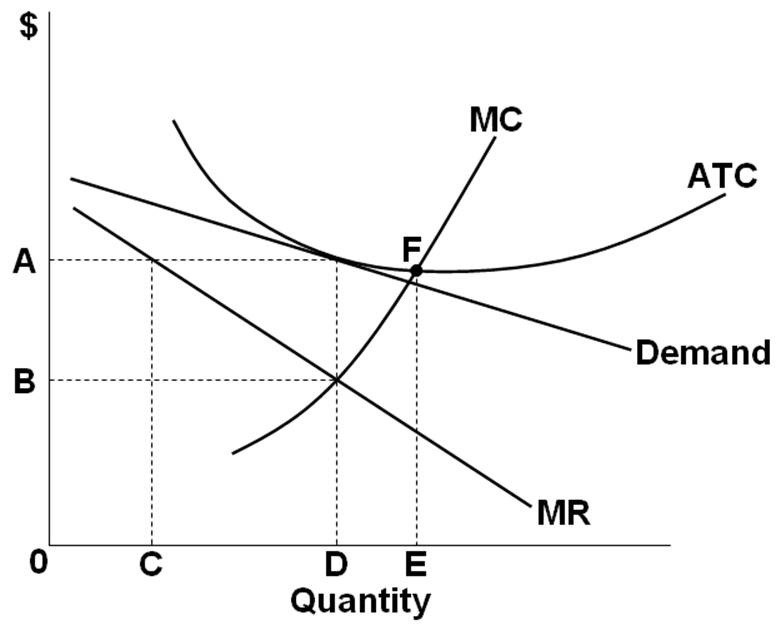


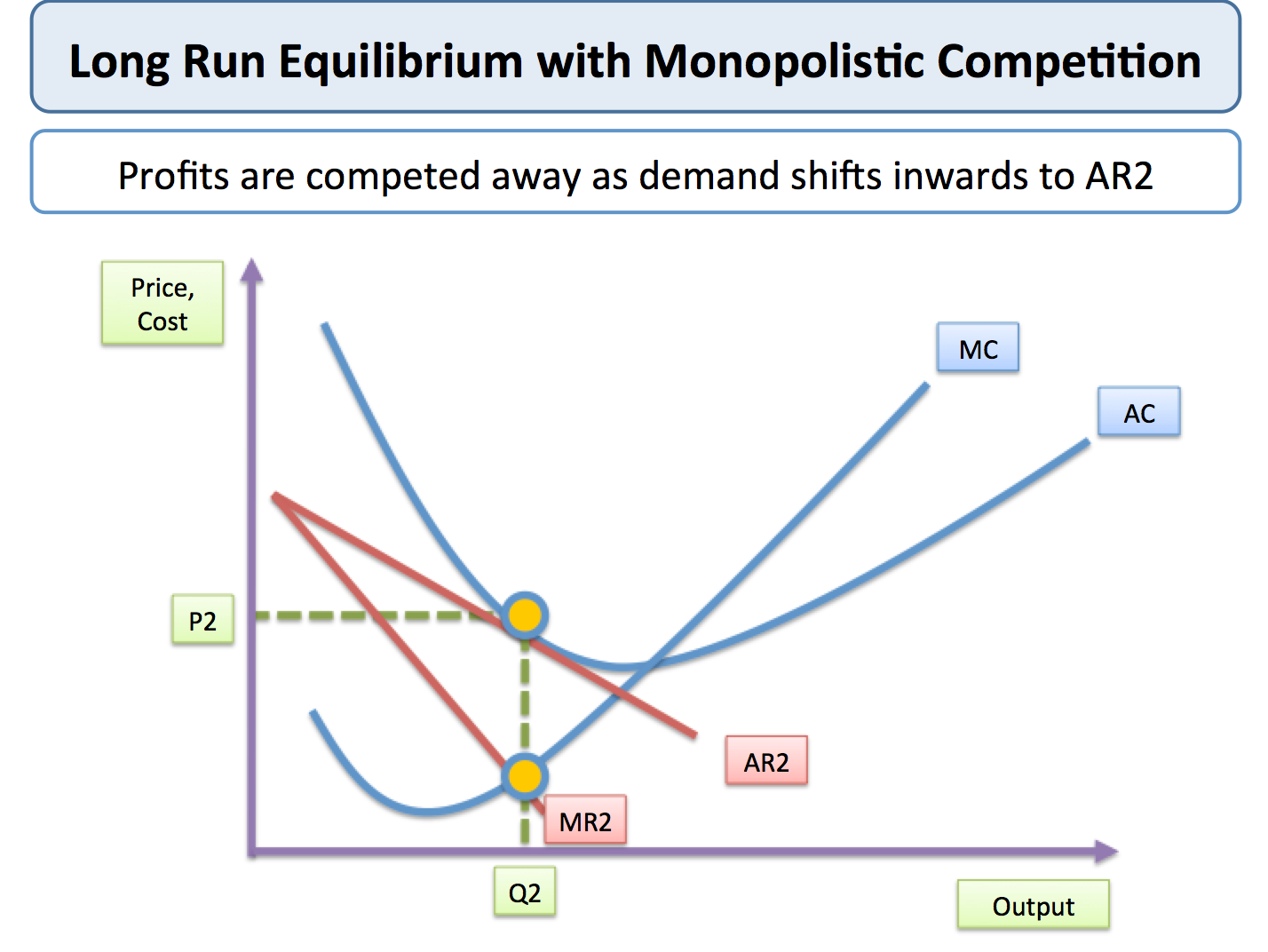

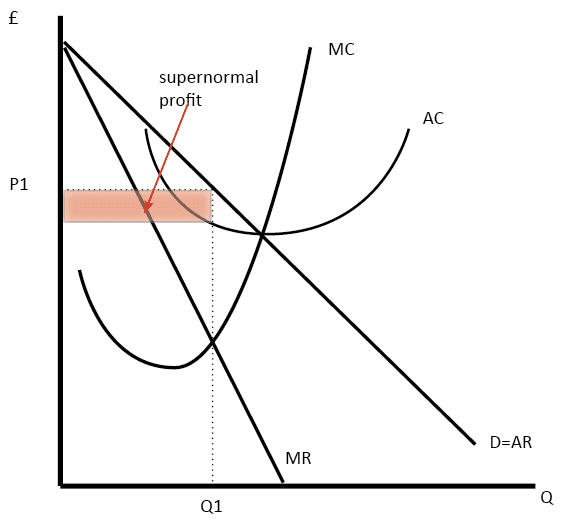



0 Response to "39 the monopolistically competitive firm in the diagram is"
Post a Comment